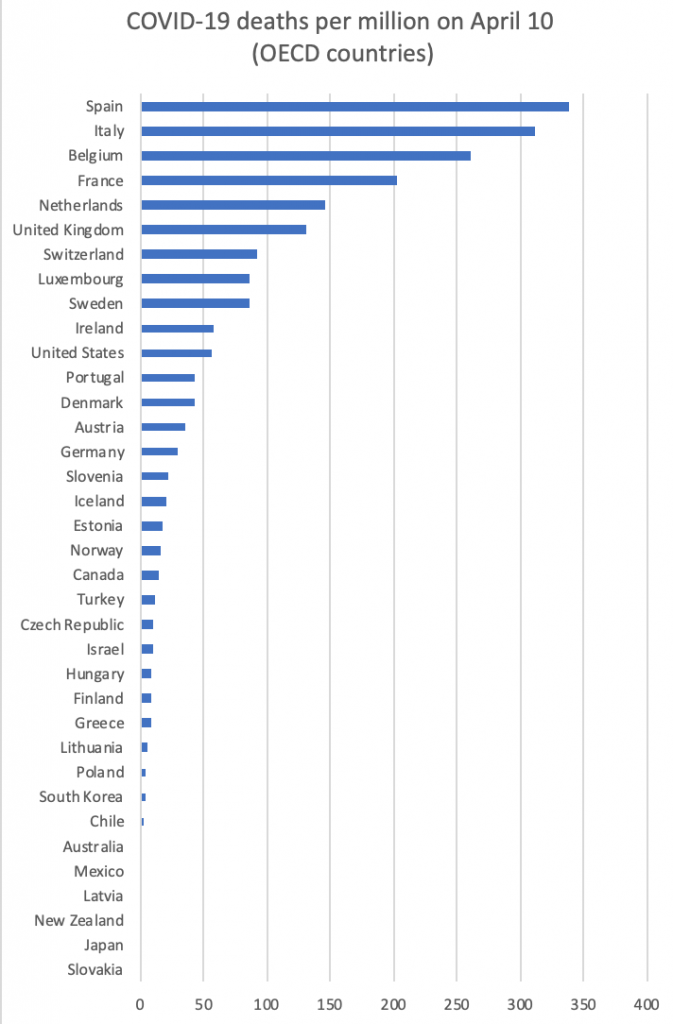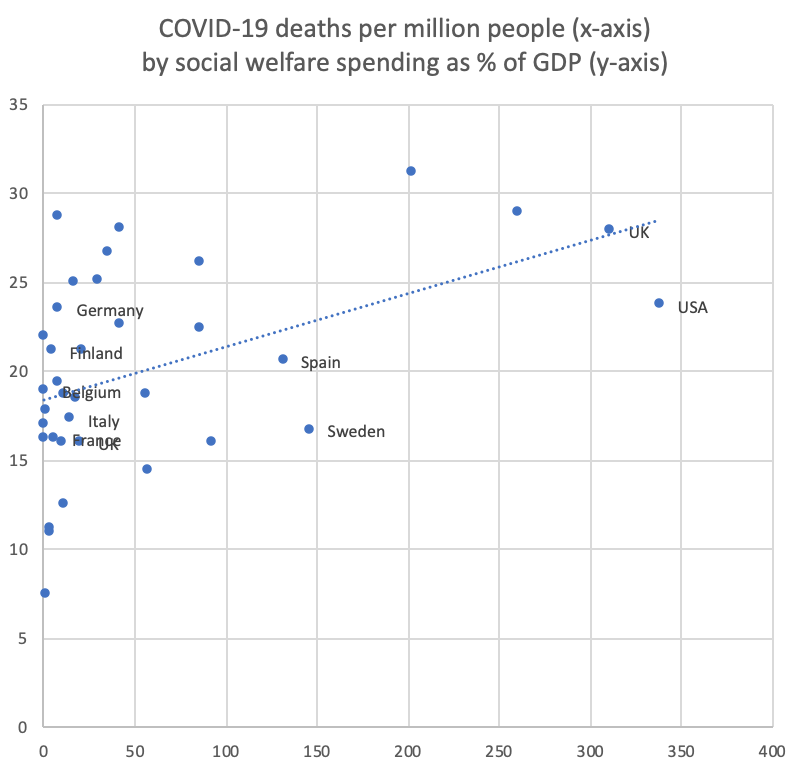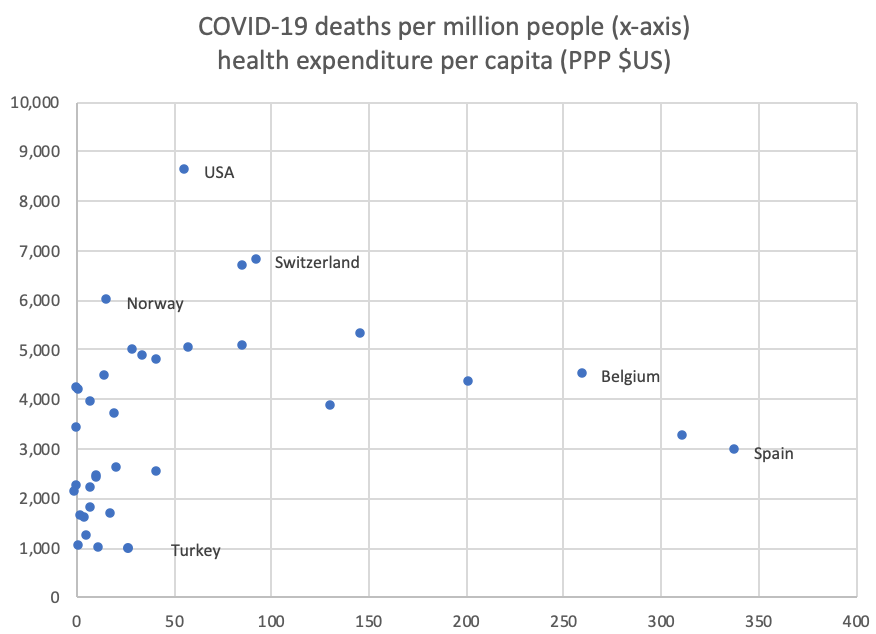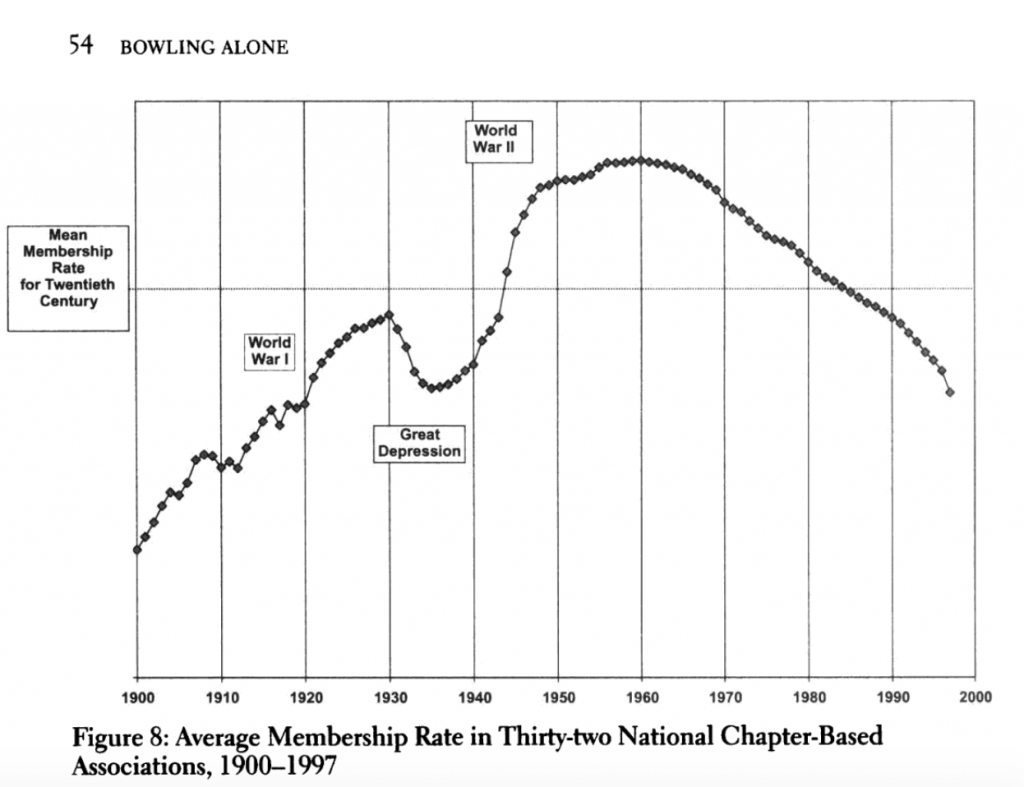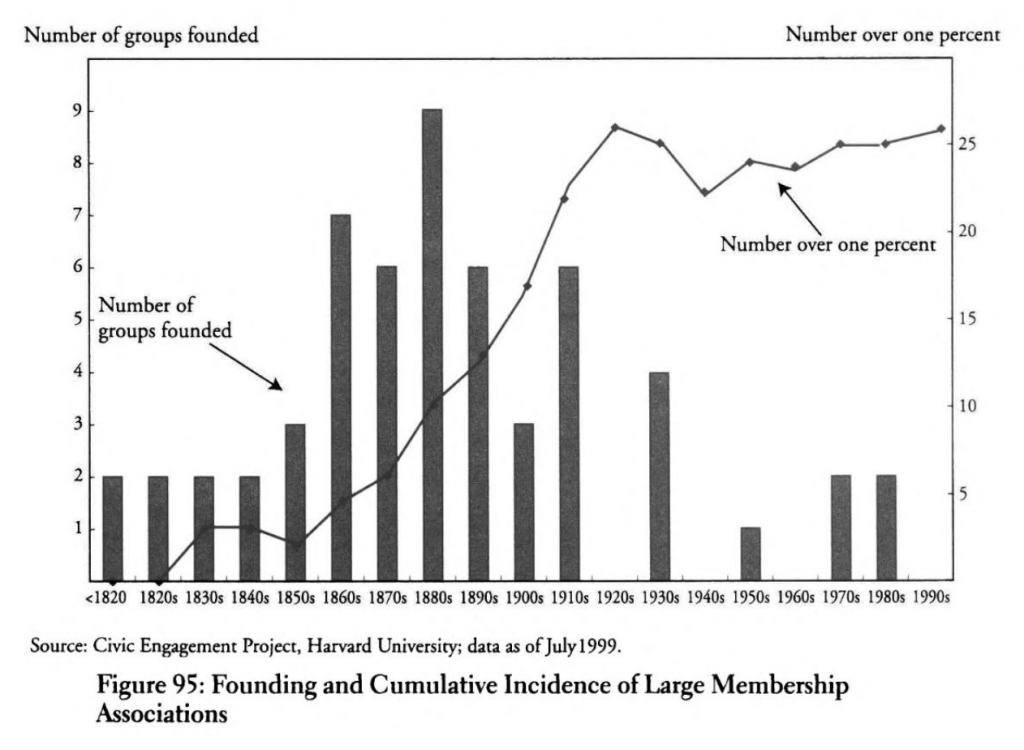- Facebook27
- Twitter1
- Total 28
We reflect on–and we argue about–the point at which human beings become persons with rights, how (if at all) gender relates to biological differences, the degree to which people are interdependent versus free, the rights of disabled persons, and the roles of mothers and other parents.
Meanwhile, we are surrounded and supported by tools and technologies that obtain data and information to guide decisions and judgments. Methods for obtaining and analyzing data have high prestige. But methods for reflecting on moral and metaphysical issues attract widespread skepticism, except among people who are deeply committed to particular moral/metaphysical views (often, religions).
In this context, we have a tool–fetal ultrasound imagining–that purports to peer into the womb and provide data about the developing organism, including its viability and its genitalia, as well as the prospective mother’s health. People may suspect that this scientific tool will shed light on personhood, sex, disability, and motherhood, not to mention such specifically contested questions as abortion and gender attribution.
The tool is used in specific, culturally resonant ways. Often prospective parents go into the medical facility together. The prospective mother is prepared and treated as a patient–in a blue gown, and so on. The room where the procedure is conducted is private, separated by a closed door from the waiting room. A large, precise, moving image appears on a screen. The parent or parents are asked whether they want to know whether the child is/will be a boy or a girl, which determines whether they are shown the genital area. At least some pregnant women report that the image compels everyone’s attention to the fetus and negates the woman, since she is literally made invisible (Barad 1998). Prospective parents of “normal” or “healthy” children are congratulated and offered good wishes. They can take still photos or even videos home with them.
If we ask “What is a fetal ultrasound session?” (as Clifford Geertz asked, “What is a Balinese cockfight?“) we might consider several answers:
- “A fetal ultrasound (sonogram) is an imaging technique that uses sound waves to produce images of a fetus in the uterus. Fetal ultrasound images can help your health care provider evaluate your baby’s growth and development and monitor your pregnancy. In some cases, fetal ultrasound is used to evaluate possible problems or help confirm a diagnosis” (The Mayo Clinic). Note: “your baby” as a description of the object. Not “the baby,” not “the fetus,” not “you.”
- An apparatus that uses a piezoelectric transducer, a crystal that both receives and produces ultrasound waves in complex interactions with the mother, the fetus, the computer, the video screen, and the viewers (Barad 1998).
- A “bonding scan” also known as a “recreational” or keepsake” ultrasound, meant to produce pictures or videos to save and share with friends and family or even with the child later on (per LiveScience.com, which does not endorse such uses).
- An application of SONAR technology, invented to detect and destroy enemy submarines (Barad 1998)
- One of the events to expect when you are expecting. A moment to anticipate, celebrate, and share.
- A ritual that encourages prospective parent(s) to: 1. bond as couples and begin bonding with their child, with whom they will form a nuclear family, 2. bring the fetus to term because is already moving and kicking, 3. avoid behaviors, such as alcohol consumption, that might harm the fetus, 4. encourage them to begin to begin thinking and talking about it as a “boy” or a “girl,” who will have an appropriate name, pronouns, etc., 5. allow them to announce the pregnancy to a larger audience, thus enhancing their social capital, 6. reinforce the authority of credentialed medical professionals in white coats, and 7. produce revenue for the clinic.
Karen Barad wrote a brilliant 1998 article* that explored much of this terrain. I would respectfully dissent from part of her analysis, only because I am trying to work out a view that better fits my sense of the problematic power of science.
Inter alia, Barad raises epistemological doubts about the image that we see on the screen. We are not “peer[ing] innocently at the fetus,” but using an elaborate apparatus that produces an image as a result of complex interactions that can be changed by altering the apparatus. It is a mistake to think that the referent, when we talk about this image, is “the fetus.” The referent is a “phenomenon that is constituted by the inter-action of the apparatus and the object.” Barad cites Niels Bohr’s epistemology in opposition to the older, “Newtonian framework” in which observation was the “benign facilitator of discovery, a transparent and undistorting lens passively gazing at the world.”
I completely agree that looking inside the torso of a pregnant woman is not innocent or automatically benign. Whether to do it, how to design the procedure and the larger event, and what conclusions to draw are moral and political choices that should be critically assessed. Fetal ultrasound could be banned, discouraged, publicly funded, or required. The image could be seen only by a professional who would give written results to the pregnant woman alone. Or it could be done only by the pregnant woman, who would decide whether to share any information with anyone, including a physician. It could be re-designed so that the woman was depicted in the image along with the fetus, or in many other ways.
A fetal ultrasound event is a social phenomenon that reflects and reproduces power. There is a risk that it will block critical deliberation about issues like abortion and gender by claiming to present natural facts just as they are. To quote Bruno Latour, science can “render ordinary political life impotent through the threat of an incontestable nature” (Latour, 2004, p. 10).
Yet I do believe that we are looking at the fetus. In fact, it is precisely because the technology allows us to actually peer into the woman’s body that it is invasive.
When you see a car coming down the road, you may not actually look at the object that matters. Your brain interprets a reflection on the back of your retina, which may reflect the image on a convex mirror, which distorts reality by showing objects smaller than they would appear if seen directly. But you’d better not pull out into the road if there’s a car coming. The mirror is an excellent device for looking around corners, which is why we use it.
We are in a world of tools that we use effectively for a variety of reasons. In the Philosophical Investigations, Wittgenstein encourages us to see representations as tools that we can use for many purposes. A blueprint can provide instructions to a builder or ideas for a heist, or it can decorate a wall. There is nothing tricky about its metaphysical status. A picture does nothing mysterious inside us that needs analysis (Philosophical Investigations, 188). Whether the visual experience of an image is authentic is not an interesting question (190). The question is what uses we make of an object, including using it to represent a different object. For instance, to see a painting as a portrait of someone is to use it in a certain way. “Now when I say, ‘We consider a portrait to be human’ – when and for how long do we do this? Whenever we see it at all (and don’t see it as something else)” (199).
Likewise, when we are presented with a moving image from inside a pregnant woman, we can see it as a person, or as a boy, or as a fetus, or as a medical problem. Science has no legitimate right to tell us which way to see it. However, the ritual of a fetal sonogram event–conducted by people in white coats with scientific degrees–probably does determine how we will see it. The ultrasound technology really works; the question is whether and how we should use it.
Sources: Karen Barad, “Getting Real: Technoscientific Practices and the Materialization of Reality,” Differences: A Journal of Feminist Cultural Studies 10, no. 2 (1998): 87-91; Bruno Latour, Politics of Nature: How to Bring the Sciences into Democracy, trans. Catherine Porter (Cambridge, MA: Harvard, 2004); Wittgenstein, Philosophical Investigations, German text (1953), my translations.
See also: what does a Balinese cockfight have to do with public policy analysis?; issues in the philosophy of social science; science, democracy, and civic life; is science republican (with a little r)?; nature includes our inner lives; some thoughts on natural law; is all truth scientific truth?; decoding institutions; media literacy and the social discovery of reality

